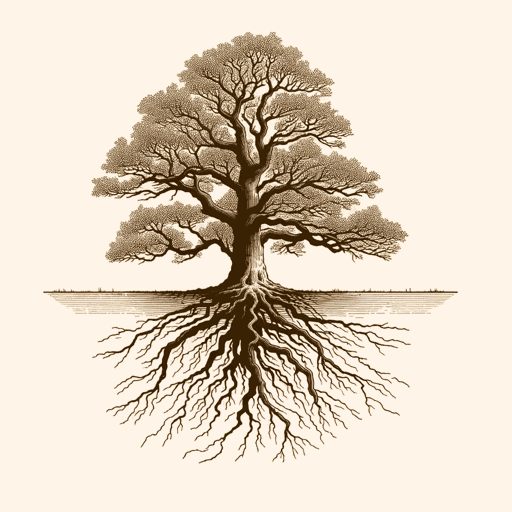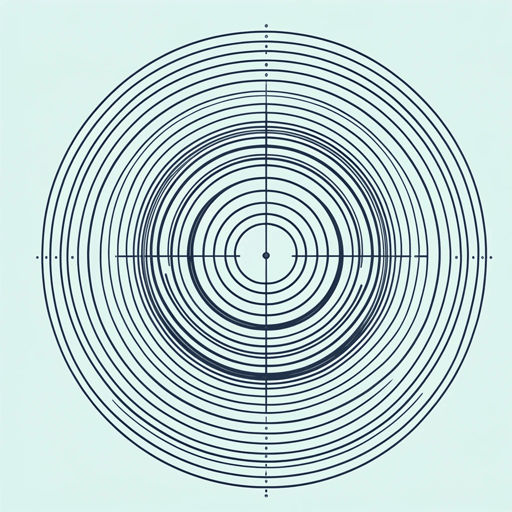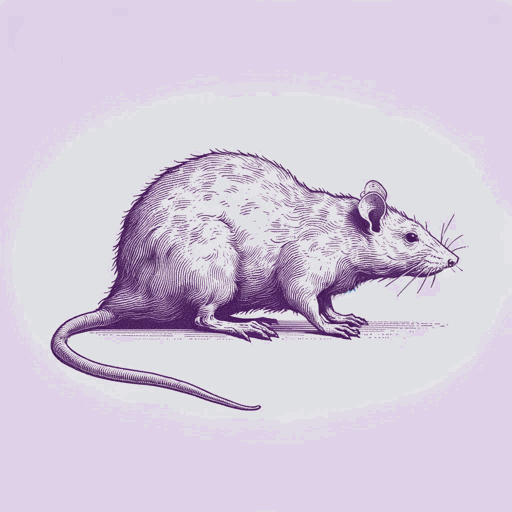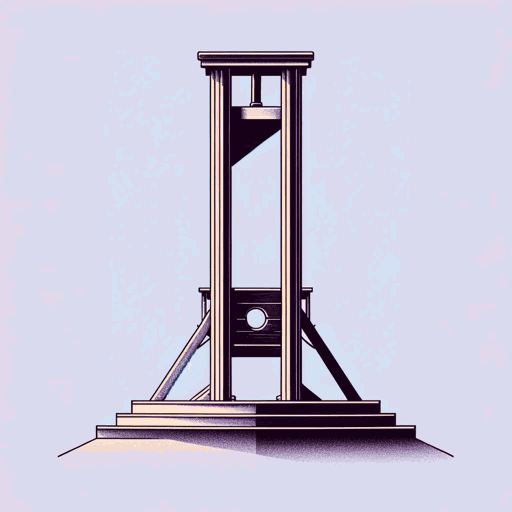47 pages • 1 hour read
Albert CamusThe Myth of Sisyphus
Nonfiction | Essay / Speech | Adult | Published in 1942A modern alternative to SparkNotes and CliffsNotes, SuperSummary offers high-quality Study Guides with detailed chapter summaries and analysis of major themes, characters, and more.
Part 5Chapter Summaries & Analyses
Part 5 Summary: “Appendix: Hope and the Absurd in the Work of Franz Kafka”
Franz Kafka’s stories of the absurd often hold multiple meanings that force the reader to reread them. They tend to symbolize some idea, but the symbol escapes those who search for it. It’s better to read Kafka’s works innocently, and the symbology will reveal itself.
In Kafka’s novel The Trial a man is tried and convicted of a capital crime, but the nature of the offense is never revealed to him. He continues to live his life after the verdict until two men arrive, take him to a grim part of town, and “slit his throat […] ‘Like a dog’” (125). In other tales, weird things happen to people, but the weirder the thing, the more naturally the victim takes it.
The protagonist of The Trial, Joseph K, accepts his fate calmly: “He will never show sufficient astonishment at this lack of astonishment” (126). In Kafka’s other works, protagonists try to make sense of their predicaments but never succeed. The characters must perpetually oscillate back and forth between logic and absurdity, ordinary events and tragic ones. They are tormented both socially and spiritually.
Like the Greek tragedians—who, for example, show that Oedipus’s horrific fate is foreordained and follows logically from the conditions and decisions of his life—Kafka describes absurd events that unfold from natural circumstances.
Related Titles
By Albert Camus








